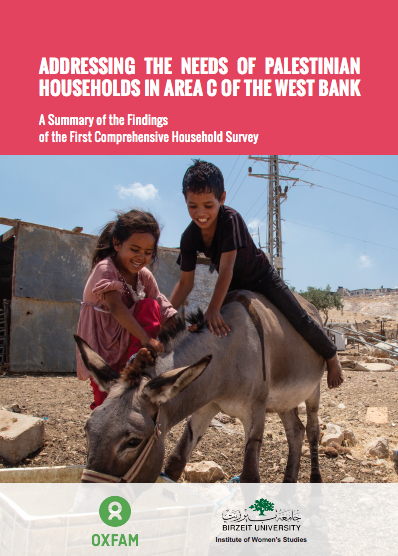The guardianship of men over women between classical and modern interpretations, Ibn Katheer and Mohammad Shahrour models pdf
Year: 2019
Author: Muhannad Baiary
Supervisor: Islah Jad
Discussion Committee: Amira Silmi & Amer Barakat
Abstract
This study tackles men guardianship concept in the Islamic religion through examining with and analyzing two interpretation models of Surah An Nisa' (QS 4:34). The interpretation models used in this study are the Ibn Katheer model and Mohammad Shahrour model. The study aims at identifying the ways in which the two interpreters produced two different meanings for male guardianship. While the first interpreter believes that male guardianship implies that men are better than women by nature; the second interpreter tries to proof the contrary using discourse analysis methodology.
The study revealed that Ibn Katheer's interpretation is totally different form Shahrour's. The most striking difference between them is the idea of the divine preference of men over women. In short, Ibn Katheer sees that God preferred men over women and Shahrour denies that.
This study argued that the inherited male guardianship interpretation from Islamic Fiqh is not fixed and is not timeless and universal like the Holy Quran. The study concluded that the difference in interpretation might lead to a difference in meaning and that there is a necessity to reconsider some of the classical postulates regarding male guardianship which still affects the formation of legal, cultural and social systems on Arabic and Islamic societies.
The study is composed of four chapters. The first chapter covers practical and theoretical starting points in addition to a review of literature. The second chapter tackles the reason behind the Guardianship verse in addition to the way Ibn Katheer and Mohammad Shahrour produced their interpretations. While the third chapter goes ذ through the historical context relation of both interpreters and the texts they developed. And the forth chapter looks into the explanatory text relation and how it interacts with social development.
Download



